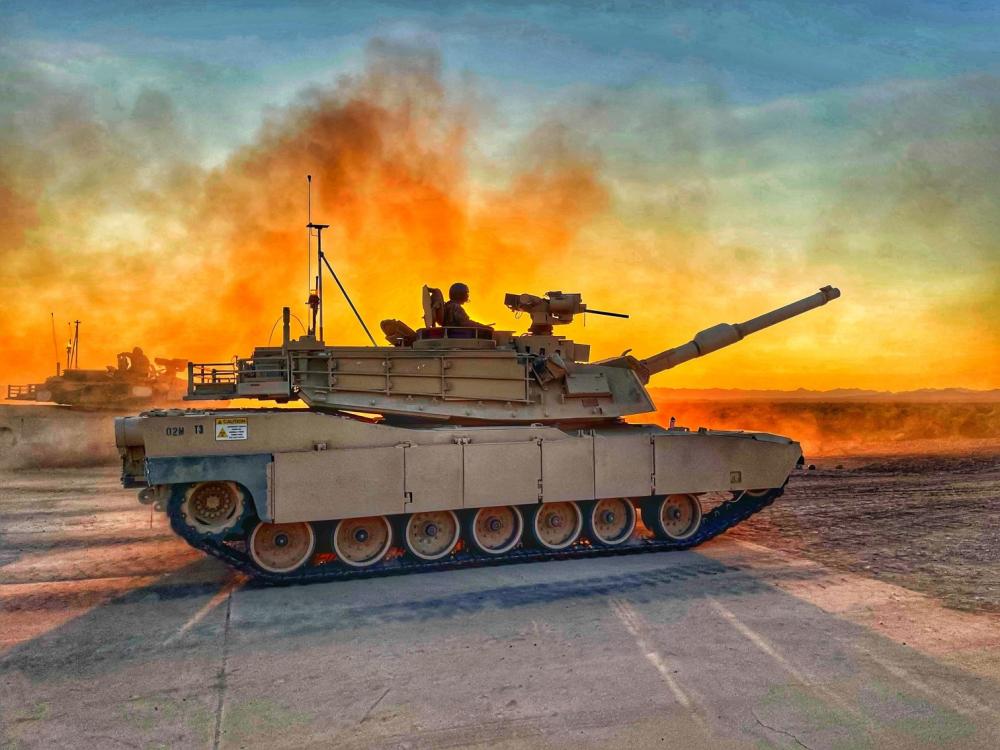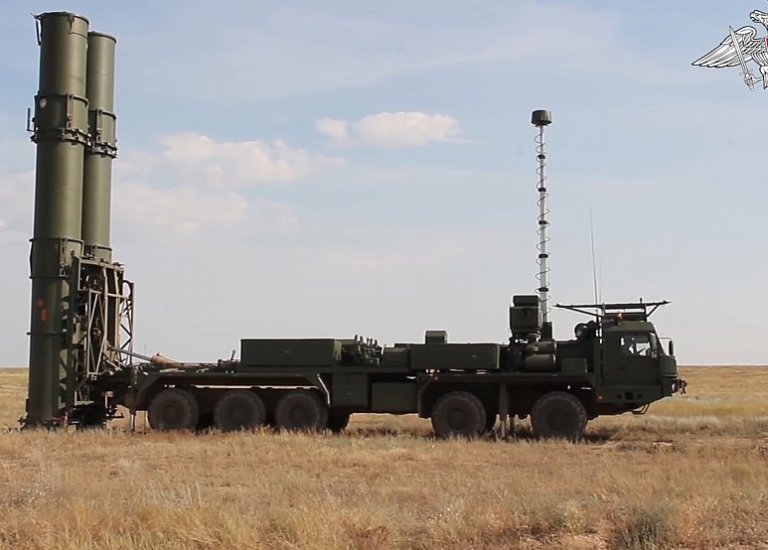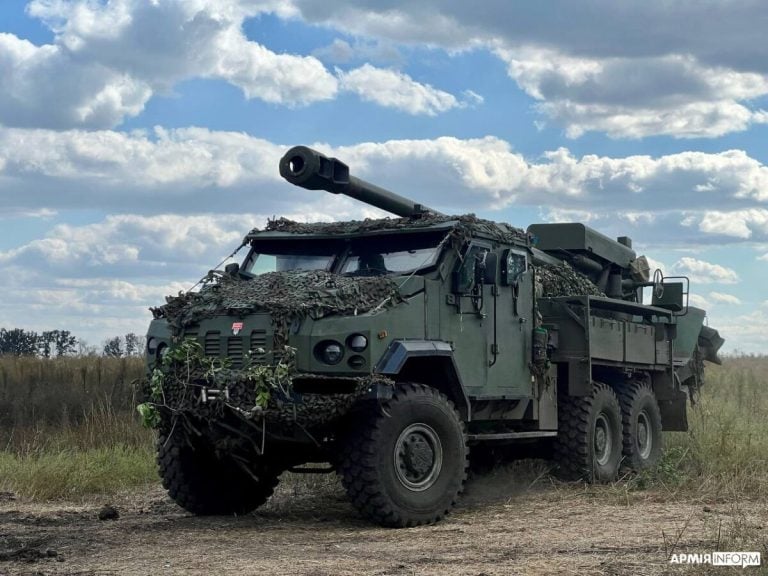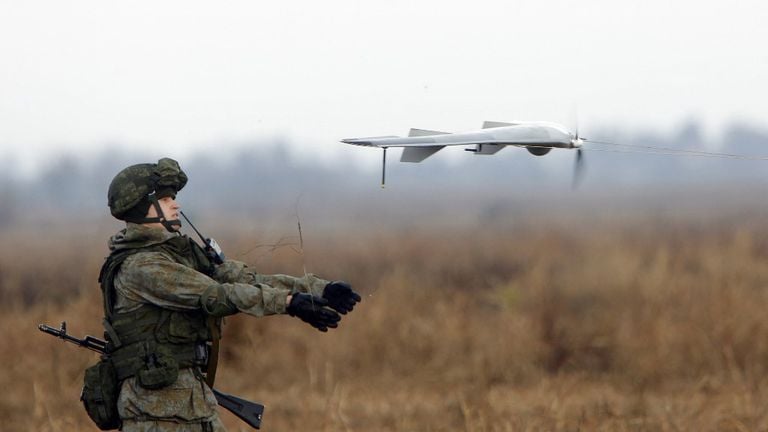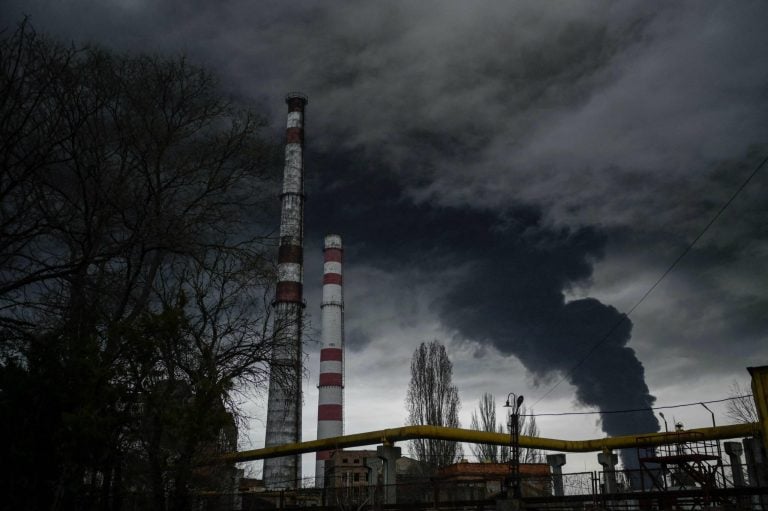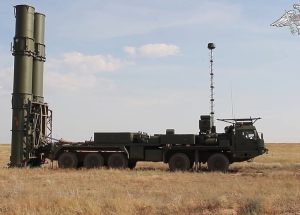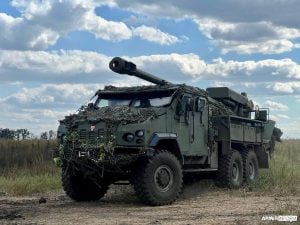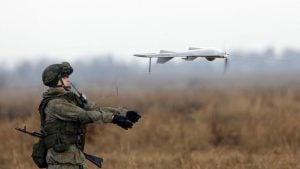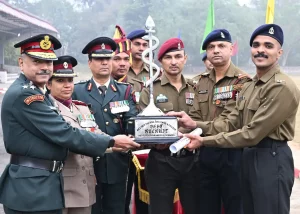The U.S. Army is undergoing a significant transformation in its approach to tank deployment as it addresses emerging threats from loitering munitions and low-cost drones that are reshaping modern warfare. During an appearance on the War on the Rocks podcast, Army Secretary Daniel Driscoll emphasized that the increasing prevalence of inexpensive drones capable of exploiting the weak points of tanks necessitates a reevaluation of armored unit strategies.
Driscoll specifically cited the M1 Abrams tank, explaining that traditional tactics, which often rely on direct frontal assaults, are becoming obsolete. He noted that the ability of opposing forces to pinpoint locations on the battlefield using advanced sensors means that commanders can no longer position tanks as aggressively in the formations of yesteryear. The threat posed by cheap drones has forced a rethink in operational tactics, with tanks now needing to occupy more protected and defended positions.
In light of these challenges, Driscoll indicated a need for tank battalions to become “a lot leaner,” thereby minimizing their exposure to aerial threats and enhancing their survivability on the battlefield. This shift not only represents a tactical change but also reflects the broader implications of how technological advancements are altering military operations.
To counter the risks associated with drone threats, the Army plans to deploy drones as escorts accompanying armored units. These drones will have the critical role of identifying potential threats, clearing pathways, and guiding tanks toward safer positions. This method marks a significant departure from the traditional shock-and-awe role that tanks like the Abrams have played in past conflicts, but Driscoll asserted that adapting to this new reality is vital, especially given that multimillion-dollar tanks can now be compromised by affordable drone technologies.
The evolving battlefield dynamics are already evident in conflicts such as the ongoing situation in Ukraine, where the effectiveness of Russian first-person view drones has created notable challenges for the U.S.-supplied Abrams tanks. Reports from the region indicate that, despite enhancements like added armor and electronic countermeasures, the Abrams fleet has faced substantial losses, underscoring the persistent risk posed by drone operations.
The strategy of utilizing drone escorts aligns with the broader Collaborative Combat Aircraft program, which focuses on integrating unmanned systems alongside manned platforms. This initiative aims to improve data sharing for targeting, absorb risks, and execute strikes when necessary, thereby enhancing overall battlefield effectiveness. As the Army adapts to these technological advancements, it underscores a significant evolution in warfare strategies, reflecting a need to stay ahead of emerging threats.
